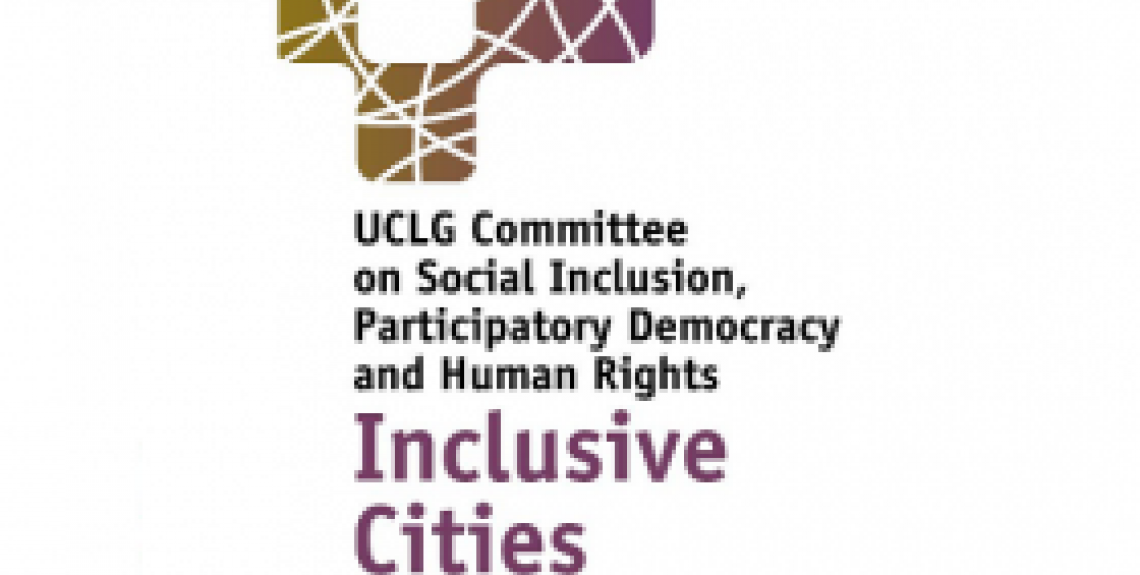The “Women’s Desk” project (2008-2010) is a gender mainstreaming experience in a public policy. In addition, the project is an example of a process by which local institutions and services have appropriated gender-mainstreaming methods in economic integration policies.
The project seeks the active involvement of women in local development through an improved access for women to local services in the region, the implementation of a network of local services to improve their quality of life, and the collection of data and information, production and dissemination of the analyses, studies, research, surveys and statistics on the situation of women.

Among the main results and achievements, it should be highlighted the attention for 3.135 women, with 1.719 of them referred to services and 2.002 women registered as jobseekers, 57% of which were referred to professional integration services and approximately 20% found employment. The implementation of the project and its consolidation were nonetheless accompanied by several limitations and difficulties, such as the successive changes in territorial and political authorities and the heads of some external departments delayed its implementation, the lack of ownership of this initiative by newcomers and the inaccessibility and distance of women in rural areas to information about the existence of local services.


